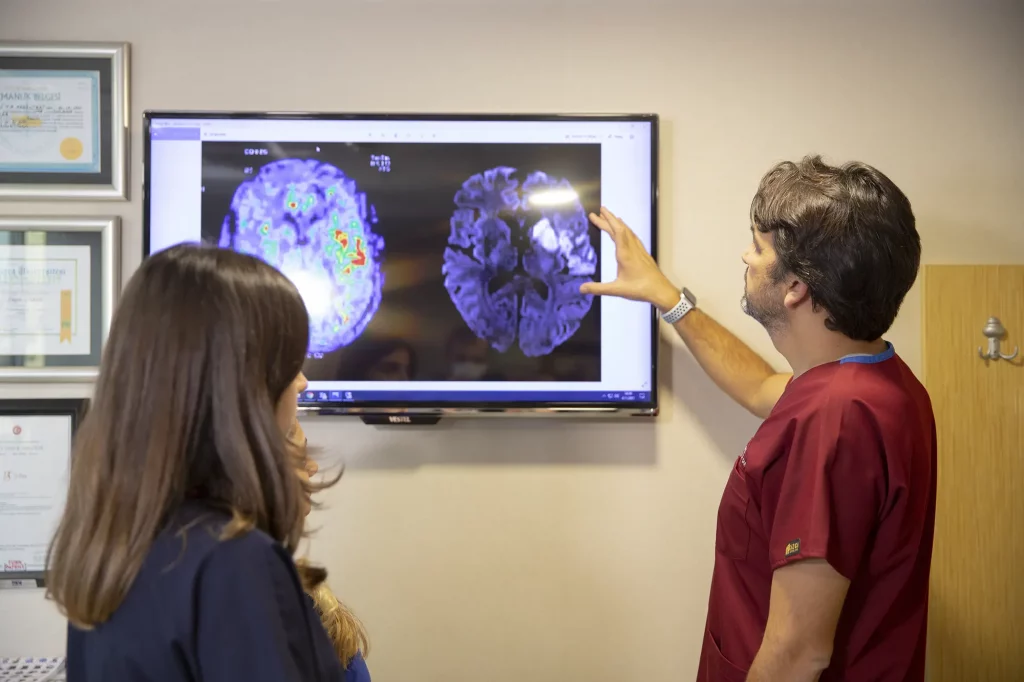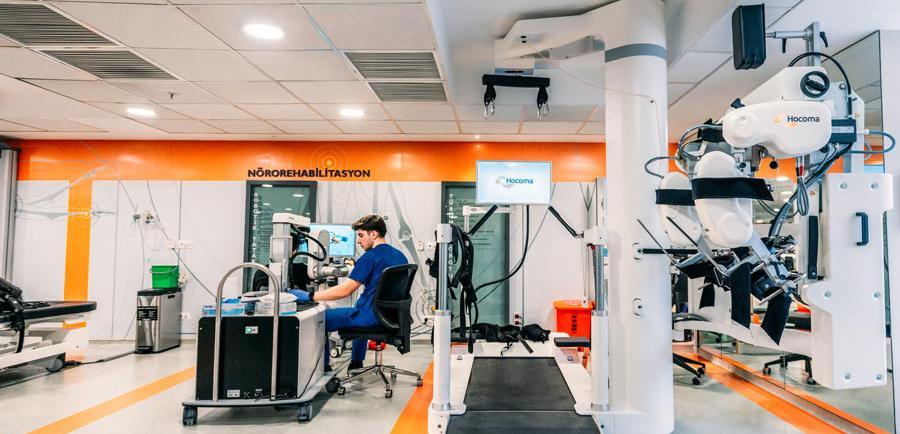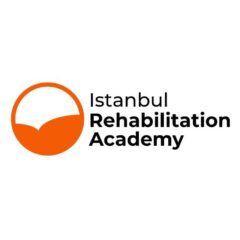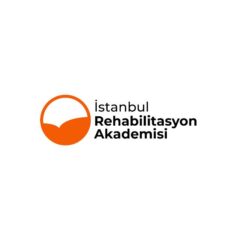1. What is stroke? Why does it happen?
In medical terms, stroke describes the sudden injury of brain caused by the circulatory reasons. This is a medical emergency situation when the brain cannot get the blood it needs. In Turkish, it has gained the same meaning with paralysis as defined the loss of mobility and feeling in one part of the body. The stroke can be caused by the blocking of the brain blood vessels (ischemia), embolic stroke (emboli) or brain hemorrhage.
2. What are the symptoms of stroke?
- Complete or partial loss of strength in the affected muscles
- Loss of senses
- Feelings like numbness, burning and tingling
- Speech disorders
- Heaviness in tongue
- Loss of consciousness
When a stroke is suspected, an ambulance should be called via 112. In the patients who had paralysis caused by the central neural system, the unintentional contractions and abnormal reflexive movements can be seen.
3. Can stroke be treated?
Yes, it is possible to be cured entirely after having a stroke. Stroke is not a cureless disease. Most of the patients with paralysis benefit from Physical Therapy ad Rehabilitation. Some of them may get off stroke quite light, so ambulatory follow-up and at-home program are sufficient for these patients. On the other hand, because some patients had more serious brain injury, they may benefit from the treatment less.
Stroke causes different problems for each patient and there is no common standard program to be applied on everyone. In the treatment of stroke, it is aimed to make the persons reach their personal independence and return to social life. In order to benefit from the Comprehensive Inpatient Physical Therapy and Rehabilitation, it is important to start the treatment of stroke in early period. The rehabilitation applications start when the one is ready. In order to benefit from the rehabilitation, the patients:
- Should have a stable medical situation (they should elude the life threatening risk)
- Should have a learning capacity
- Should participate into the rehabilitation applications,
- And should tolerate the treatment process sufficiently.
Istanbul Rehabilitation Academy
Stroke Rehabilitation
At our center, the treatment of stroke is executed via our comprehensive inpatient physical therapy program.
4. What are the methods of stroke rehabilitation?

The comprehensive inpatient physical therapy program in the treatment of stroke;
- Physiotherapy: The exercises to prevent the movement loss, enhance the muscle strength, balance in sitting, standing afoot and walking are applied under this category.
- Ergotherapy, Occupational Therapy: Specific exercises to accelerate the return to the daily life activities are made.
- Robotic Physical Therapy: Robotic physical therapy devices supported by computer are benefited.
- Physical Therapy: Electric stimulation applications are performed to prevent muscle atrophy.
- Respiratory Therapy: These are the exercises to strengthen the respiratory muscles and develop lung capacity are made.
- Swallow therapy: Applied in case of swallowing difficulties.
- Speech Therapy: Applied in case of speech difficulties.
- Supportive Device Usage: Some devices to prevent joint stiffness and enable walking can be applied on hand and foot (orthosis).
In order to reach the best result in the rehabilitation of the patient with brain injury, the development of the cognitive abilities like problem solving, counting, memory, reading and writing should not be overlooked.
Treatment of stroke is consisted of intensive, repetitive and task oriented movements. The exercises which actualize these conditions develop the arm and leg functions of the patients who have experienced paralysis due to stroke. Usage of robotic devices is an important way to reach the needed exercise density in the treatment of paralysis. These applications are named as robotic physical therapy or robotic rehabilitation.
The Robotic Rehabilitation or Robotic Physical Therapy which is to be applied by the Physical Therapy and Rehabilitation Clinic during the healing process,
- Walking Robot (Lokomat Pro with Free D)
- Robotic Bed Walking System (Erigo Pro)
- Hand-Arm Robot (Armeo Power with Manova) makes a great contribution for the healing process of the patient.
The systems of Robotic Walking, Computerized Balance Training and Robotic Hand-Arm usage virtual reality and enhanced reality technologies are integrated with most of the robotic physical therapy devices. The exercises become more meaningful and entertaining for the patients. The treatment motivation of the patients increase, and they are informed about on which degree their movement is successful. As a result of this, robotic physical devices are an important component of the treatment of stroke.
At our clinic, there are also Anti-Gravity Treadmill Alter G and CSMI (Cybex) Humac Norm Isokinetic Test and Exercise System and Computerized Balance System to support the effectiveness of the Robotic Therapy systems and they are used during the process of Physical Therapy and Rehabilitation of our patients actively.
5. Where is the rehabilitation of stroke applied?
In order to have a successful treatment of Stroke, a Neurorehabilitation-Robotic Rehabilitation Centre under an expert physical therapy and rehabilitation specialist will be a suitable option. Rehabilitation of stroke is a team work. This team is consisted of the specialized health workers in the field of paralysis treatment. The members of the rehabilitation team;
- Physical therapy and rehabilitation specialist doctor,
- Physiotherapist,
- Ergotherapy – Occupational Therapy Therapist,
- Rehabilitation Nurse,
- Physical Therapy Technician,
- Robotic Rehabilitation Technician,
- Orthosis – Prosthesis Technician,
- Dietician,
- Speech-Swallowing Therapist.
The physical therapy and rehabilitation specialist coordinates the rehabilitation team during the stroke rehabilitation. The specialist doctor is responsible for the planning and application of the rehabilitation. The doctor takes the needs of the patients and their family into consideration and communicates with different health workers and departments. The doctor enables the best treatment service and plans the discharge, transfer to the home or ambulatory treatment centers and the follow-up processes.
Submit your questions
we will contact you as soon as possible.
Contact Us!
- Piyalepasa Boulevard, No.4, Sisli, Istanbul (Memorial Sisli Hospital)
- +90 (542) 215 80 80
- Mon-Sun: 7/24 Urgent
- [email protected]



